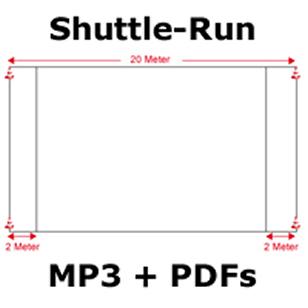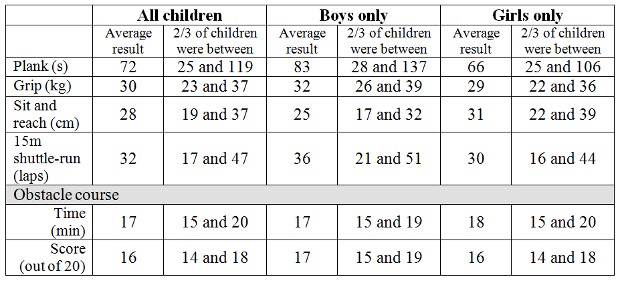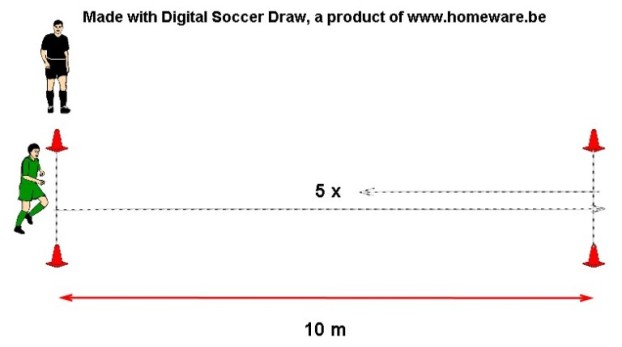

3Department of Sport Science, Integrative and Experimental Training Science, University of Würzburg, Würzburg, Germany.2Department of Movement and Training Science, Institute of Sport and Sport Science, Heidelberg University, Heidelberg, Germany.

1UR15JS01: Education, Motricité, Sport et Santé (EM2S), High Institute of Sport and Physical Education of Sfax, University of Sfax, Sfax, Tunisia.2006 Jun 1(2):150-60.Omar Boukhris 1 Raouf Abdessalem 1 Achraf Ammar 1 Hsen Hsouna 1 Khaled Trabelsi 1 Florian A. (2006) Physical fitness components associated with performance in a multiple sprint test. (2004) Validity of a 5-meter multiple shuttle run test for assessing fitness of women field hockey players. Boddington MK, Lambert MI, Waldeck MR.Noakes (2001) Reliability of a 5-m multiple shuttle test, Journal of Sports Sciences, 19:3, 223-228. Lambert, Alan St Clair Gibson & Timothy D. Unpublished BSc dissertation, University of Wales. Reliability and validity of the Welsh Rugby Union shuttle run test. For example, the 10 x 5m Shuttle Test, 20m Shuttle aerobic test, the 10m Agility Shuttle and the 100 yard (10x10) shuttle test. Depending on the distance of each shuttle and the number repetitions, different energy systems are being tested. There are many other shuttle test variations. Variations: Some earlier versions of this test required the participants fully cross the line with both feet. A fatigue index can also be calculated, the percent difference between the average two longest sprints and the two shortest sprints. Scoring: Record the total distance covered for each trial, and the total distance overall. After 35 seconds, the participants repeat this 30-s shuttle five more times (total 6 x 30 seconds). During the recovery period, the players make their way back to the starting point. There is a 35 second recovery period between trials.

A whistle is blown after 30 seconds, and the total distance during that time (to the nearest 2.5m) is recorded. At each marker, the hand is used to touch the ground at the level of the marker (in the original test description by Pendleton 1997, the foot only touched each marker). They continue this pattern to the 15m, 20m and 25m marker. They then turn and run to the marker at 10m and return. When instructed by the timer, the subject runs to the first marker (at 5m), turns and returns to the starting line. Participants start with a foot at the end line. Procedure: This is a maximal test, the subject should be instructed to run as hard as they can in each trial, and avoid pacing. You may also want to place down smaller markers every 2.5m to increase the accuracy of recording the distance reached during each shuttle.

See more details of pre-test procedures.Ĭourse layout: marker cones and/or lines are placed every 5 meters along a 25m distance. Prepare forms and record basic information such as age, height, body weight, gender, test conditions. Perform screening of health risks and obtain informed consent. Pre-test: Explain the test procedures to the subject. Purpose: this is a test of anaerobic power and agility.Įquipment required: stopwatch, measuring tape, marker cones, whistle, a flat non-slip surface.


 0 kommentar(er)
0 kommentar(er)
